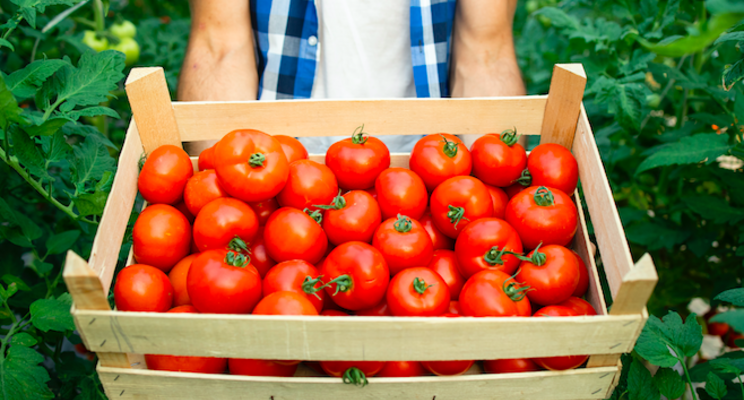Tomatoes: Greenhouse-grown grows
Added on 20 December 2021

Overall greenhouse production is now estimated to be 35 percent of the entire tomato category.
In the United States, greenhouse and protected growing continues to climb, though it does not rival its neighbors to the south or north in terms of concentration or production.
From 2014 to 2019, square footage did indeed rise in the United States, by 23.4 percent, following a 6.6 percent increase between 2009 and 2014. This is supported by the 2019 U.S. Census of Horticulture Specialties, which reported over 2,200 greenhouse operations across the nation, covering 56,576,000 square feet (nearly 1,206 acres or 488 hectares).
Of this production, tomato cultivation rang in a value of $345 million for that year, which has only climbed in 2020 and 2021. Pennsylvania, Michigan, Missouri, and Ohio boast the largest numbers of greenhouse operations.
The trend toward more greenhouse operations and higher year-round production is projected to continue, though the pandemic over the last two years has certainly had an impact.
For most greenhouse and vertical growers, the top benefit is protection from temperature and other weather conditions that can wreak havoc in open fields. Though the elements can still affect greenhouse growing conditions, such as too little or too much sun, sub-zero temperatures, and high wind, operators can still produce higher yields and offer year-round availability.
"When you control the environment, the product is more consistent and you get optimal flavor," shares Julia Shreve, marketing director of brand and innovation at Mastronardi Produce Ltd., BB #:115453 based in Kingsville, ON.
Mastronardi Produce is a pioneer and industry leader in gourmet vegetable greenhouse growing, marketing fresh produce under the well known Sunset brand.
In addition to the company's Canadian operations, Mastronardi Produce operates greenhouses in Michigan, Ohio, New York, and Colorado, and recently announced it has broken ground on a new state-of-the-art greenhouse in Rhode Island.
During the past year, the company opened two new distribution centers—one in Surrey, BC, and one in Laredo, TX—to support expansion.
Shreve believes the question of greenhouse versus open field cultivation is irrelevant. "Consumers will seek out the brands with optimal flavor."
Canada's contributions
Canada first led the way as a greenhouse tomato producer in North America, and most Canadian tomatoes today are greenhouse grown.
Click here to read more.
Photo created by aleksandarlittlewolf - www.freepik.com
Source: Blue Book Services
More news















